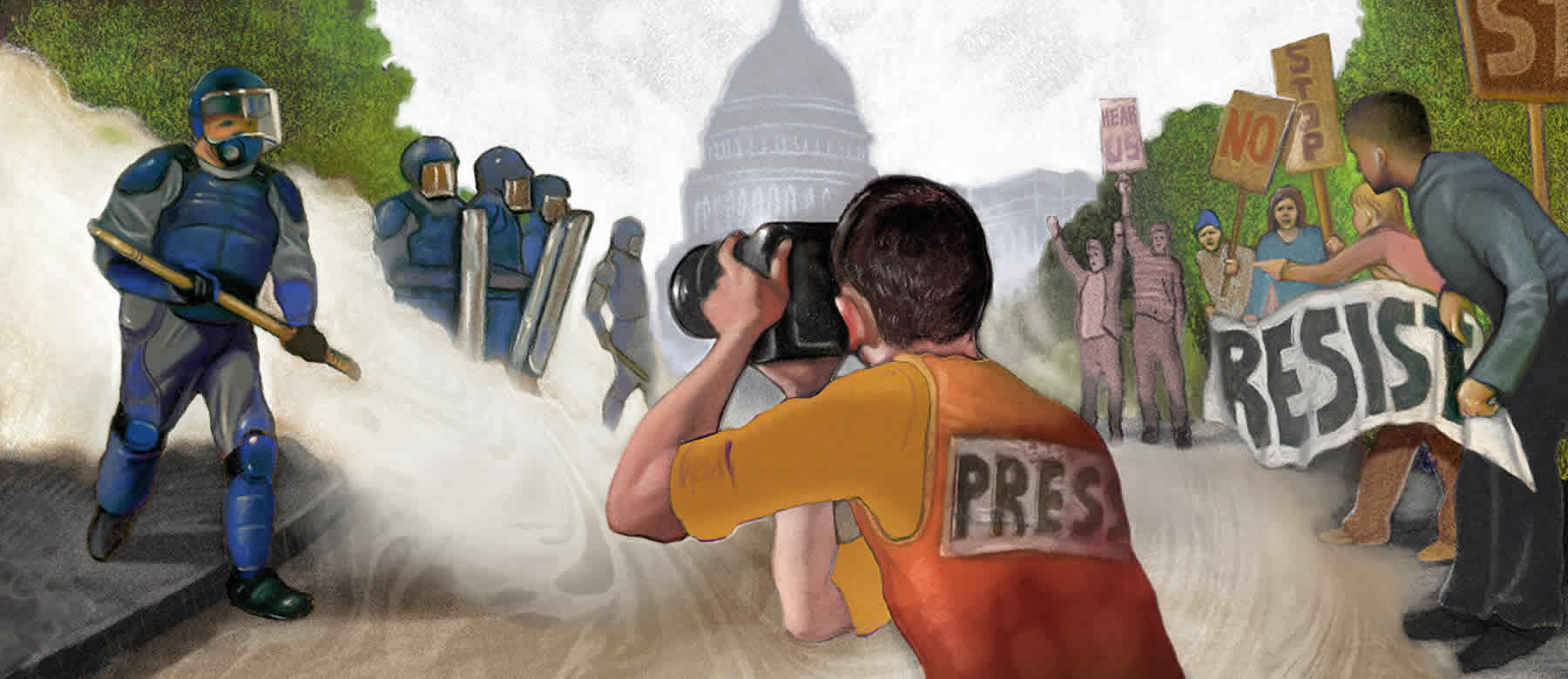In today’s media-driven world, the spotlight on criminal cases can be intense, and news coverage often shapes public perception. With every development, from high-profile arrests to courtroom drama, the media has the power to influence how cases are viewed. This dynamic interplay between news media and criminal defense is not only fascinating but crucial for understanding how legal strategies are formulated and adjusted. This blog will delve into how media coverage impacts criminal defense strategies, revealing both challenges and opportunities for legal professionals navigating this complex terrain.
The Evolving Role of News Media in Legal Cases
Based on one law firm, the role of news media in legal cases has transformed dramatically over the years. Traditionally, media coverage focused on reporting factual updates and court outcomes. However, with the rise of digital media and 24/7 news cycles, coverage now extends beyond the courtroom and into every aspect of a case. News outlets often provide real-time updates, interviews, and opinions, amplifying the public’s engagement with the case.
Today’s media landscape is characterized by its immediacy and reach. News stories can go viral within minutes, influencing public opinion and shaping the narrative around a case. This increased media presence means that criminal defense lawyers must be more strategic in managing how their cases are portrayed in the media.
Media Coverage and Public Perception
Media coverage can significantly impact public perception, which, in turn, affects the dynamics of criminal defense. When a case garners widespread media attention, it can sway public opinion and potentially prejudice jurors. For instance, sensationalist reporting or biased narratives can lead to preconceived notions about a defendant’s guilt or innocence before the trial even begins.
Consider the case of a high-profile criminal trial that received extensive media coverage. The relentless media scrutiny influenced public sentiment, creating a narrative that was difficult for the defense to counter. This illustrates how powerful media can be in shaping the perception of a case, posing both risks and opportunities for defense attorneys.
Legal Strategies in the Age of Media Scrutiny
Criminal defense lawyers often need to adapt their strategies in response to media coverage. With the media spotlight intensifying, defense attorneys may find themselves needing to employ more sophisticated tactics to protect their clients. This could include carefully crafting public statements, managing media relations, or even using the media to present their client’s side of the story.
Effective media management can be a double-edged sword. On one hand, it allows the defense to control the narrative and counteract negative portrayals. On the other hand, it requires balancing transparency with strategic discretion to avoid exacerbating the situation. Crafting a narrative that resonates with the public while remaining legally sound is a delicate task that demands skillful handling.
Additionally, defense attorneys must anticipate and counteract the potential biases that media coverage can introduce into the case. This involves proactively addressing any misinformation or misleading reports and providing accurate, compelling information that supports the defense’s position. Navigating these complexities effectively can be crucial in ensuring that media scrutiny does not unfairly impact the legal proceedings.
Challenges and Opportunities for Defense Attorneys
Navigating media scrutiny presents significant challenges for defense attorneys. High-profile cases, in particular, come with the added pressure of constant media coverage, which can complicate legal proceedings. Defense lawyers must contend with sensationalist reporting, public opinion, and potential biases that could impact the fairness of the trial.
However, there are also opportunities that arise from media coverage. For example, favorable media coverage can help build public support for the defendant or highlight inconsistencies in the prosecution’s case. Effective use of media can bring attention to crucial evidence or legal arguments that might otherwise be overlooked. Thus, while media coverage can be a hurdle, it also offers avenues for strategic advantage.
Ethical Considerations for Legal Professionals
The intersection of media and criminal defense brings forth several ethical considerations. Lawyers must navigate the fine line between managing media relations and upholding professional integrity. The temptation to use media coverage to gain an upper hand can sometimes lead to ethical dilemmas, such as compromising client confidentiality or engaging in manipulative practices.
Maintaining professional standards while engaging with the media is essential. Defense attorneys should adhere to ethical guidelines that prioritize their client’s rights and the integrity of the legal process. Establishing clear boundaries between media strategy and legal advocacy helps ensure that the defense remains focused on achieving a fair trial.
Furthermore, legal professionals must be vigilant about avoiding any form of trial by media, where public opinion could unduly influence judicial proceedings. This includes refraining from making statements that could prejudge the outcome or affect the jury’s impartiality. Upholding these ethical principles is crucial in preserving the credibility of the legal process and ensuring that justice is served impartially.
Conclusion
The interplay between news media and criminal defense is a dynamic and multifaceted aspect of modern legal practice. As media coverage continues to evolve, so too must the strategies employed by defense attorneys. Understanding how media influences public perception and legal strategies is crucial for navigating high-profile cases effectively. By balancing media management with ethical considerations, criminal defense lawyers can better protect their clients and achieve just outcomes. As the media landscape continues to change, staying informed and adaptable will be key to mastering this intersection and leveraging its impact to the benefit of justice.


